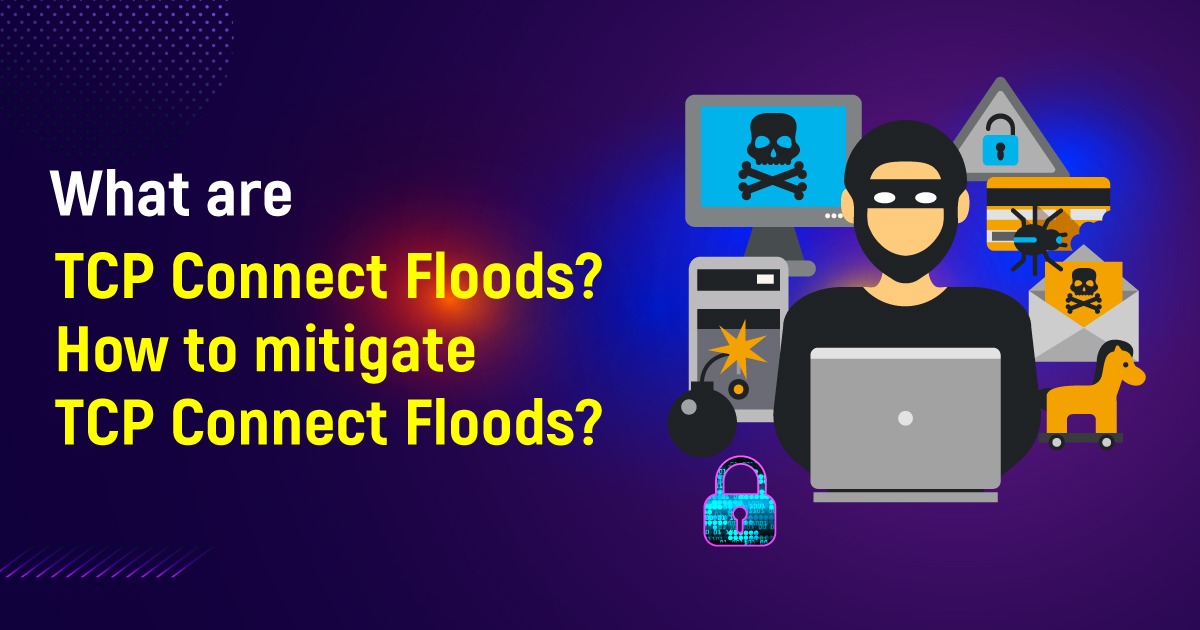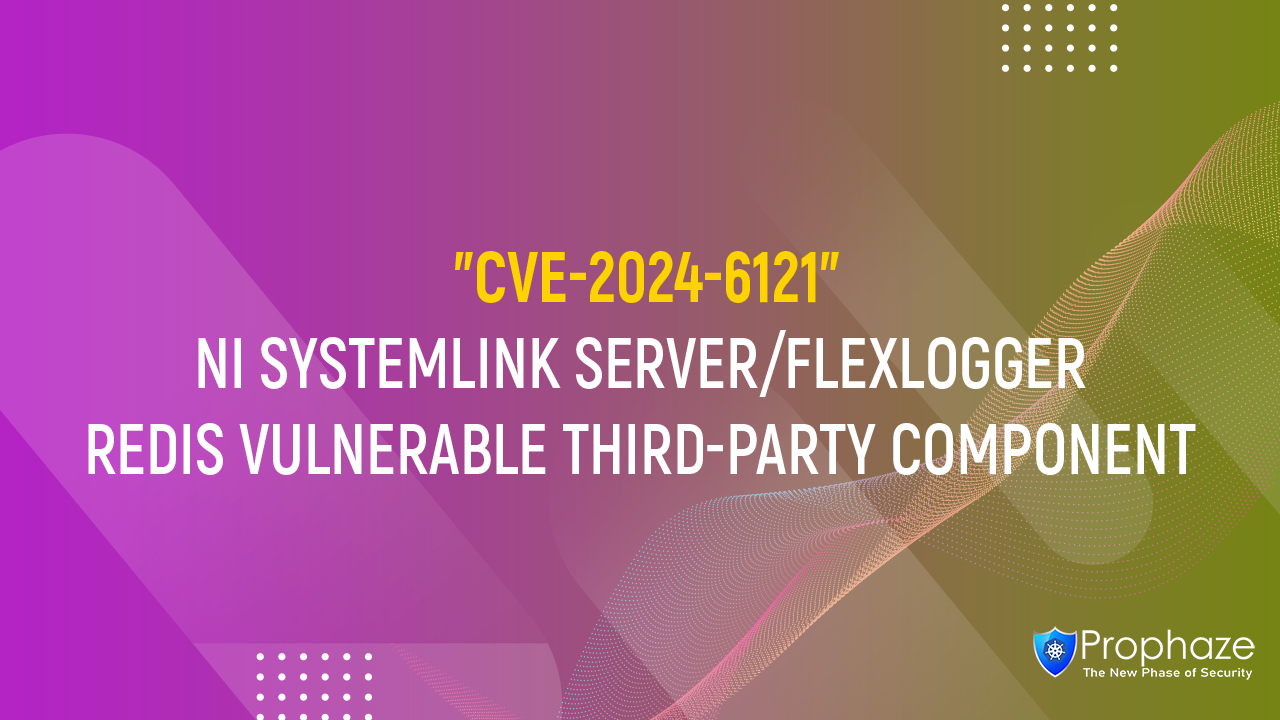TCP Connect Floods are a type of DDoS attack that aims to overwhelm a target network’s resources by flooding it with a massive number of TCP connection requests. By exploiting the three-way handshake process, the attacker exhausts available network resources, rendering the network unresponsive to legitimate traffic.
How Do TCP Connect Floods Work?
The attacker initiates a flood of TCP connection requests to the target network. Each connection request triggers the TCP handshake process, consuming system resources, such as CPU, memory, and network sockets. The overwhelming volume of connection requests saturates the network, leading to performance degradation and potential service disruptions.
Impacts of TCP Connect Floods
Network Congestion and Resource Exhaustion:
TCP Connect Floods congest network infrastructure, saturating available resources. The excessive connection requests consume bandwidth, exhaust CPU capacity, and deplete memory, resulting in network congestion and resource exhaustion. This leads to slow response times, delayed communication, and potential service unavailability.
Service Disruptions and Downtime:
As TCP Connect Floods intensify, the targeted network may become overwhelmed, causing service disruptions and extended downtime. This disrupts critical business operations, affects productivity, and can result in financial losses and reputational damage.
Depletion of Connection Resources:
TCP Connect Floods consume connection resources, such as network sockets, simultaneously opening and closing connections rapidly. This can exhaust the available connection pool, causing subsequent legitimate connection requests to be denied or delayed, leading to further network disruptions.
Mitigating TCP Connect Floods

Network Traffic Monitoring and Filtering:
Implement network traffic monitoring tools to detect and analyze abnormal connection request patterns. Employ traffic filtering mechanisms, such as firewalls or access control lists, to block suspicious traffic and mitigate the impact of TCP Connect Floods.
Connection Rate Limiting and Throttling:
Implement rate limiting and connection throttling mechanisms to control the number of TCP connection requests allowed from a single source. This helps prevent overwhelming the network with excessive connection requests and conserves connection resources for legitimate traffic.
Intrusion Detection and Prevention Systems (IDPS):
Deploy robust IDPS solutions capable of detecting and mitigating TCP Connect Floods in real-time. These systems analyze network traffic, detect anomalies, and apply countermeasures to block malicious connection requests, protecting network resources.
Scalable Network Architecture:
Design a scalable network architecture that can handle increased connection requests during peak periods or in the face of DDoS attacks. Employ load balancing techniques, distribute network resources effectively, and utilize scalable infrastructure components to mitigate the impact of TCP Connect Floods.
Conclusion
TCP Connect Floods pose a serious threat to network infrastructure, overwhelming resources and causing service disruptions. By implementing robust mitigation strategies, such as network monitoring, traffic filtering, connection rate limiting, and scalable network architecture, organizations can defend against TCP Connect Floods and maintain reliable network connectivity. Keep network devices and operating systems up to date with the latest security patches and updates. Implement proper system hardening practices, such as disabling unnecessary services and closing unused ports, to minimize the attack surface and enhance network resilience.









